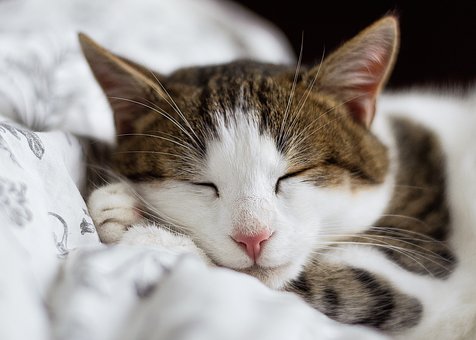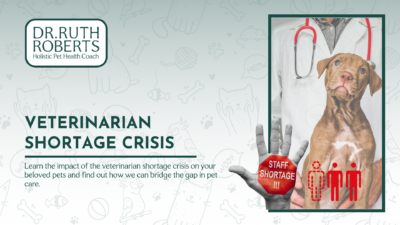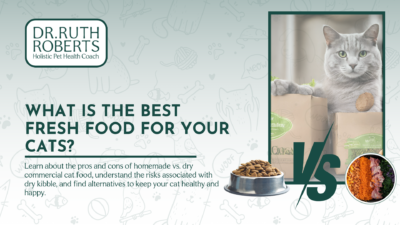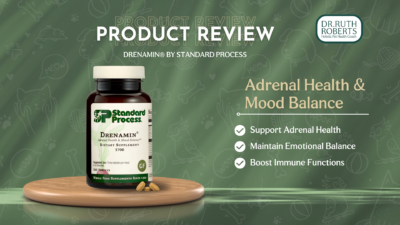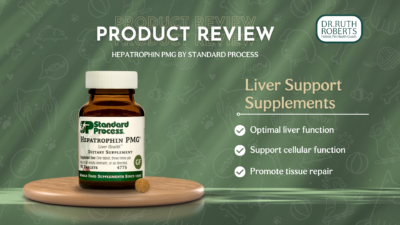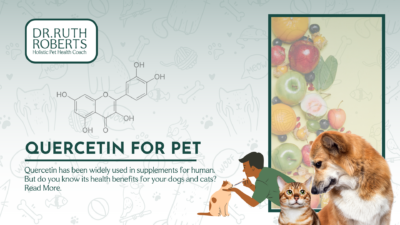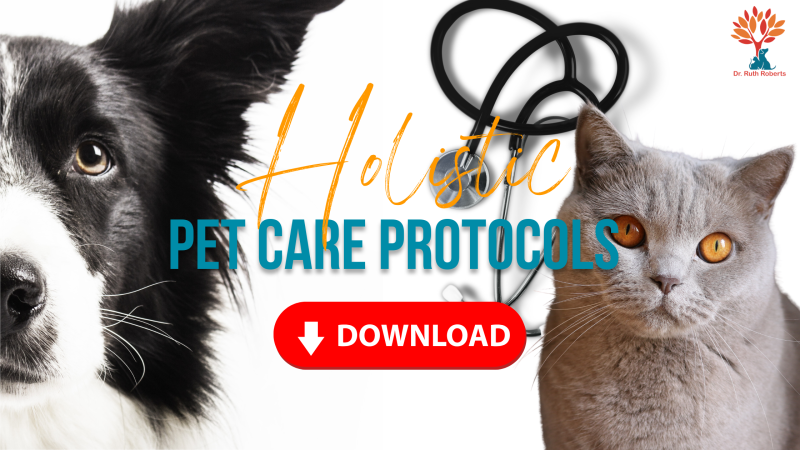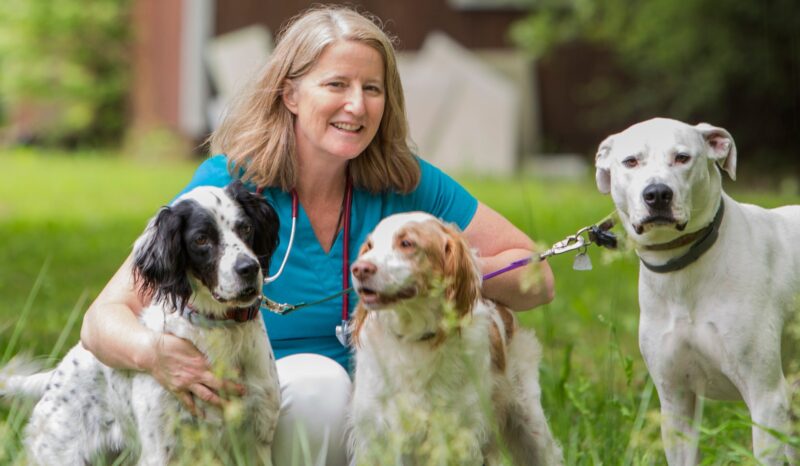Your pet’s dental hygiene is supremely important to their overall health and wellbeing, and professional cleanings are part of a routine that will keep your their mouth healthy. Dental cleanings make pet parents nervous, because it means their furbaby is undergoing anesthesia. Anesthesia for pets does not come without risks. But there are ways to make sure it’s being done as safely as possible, so your furry friend comes away from their dental cleaning safely and with sparkling pearly whites.

How well do you know your vet?
The relationship you have with your pet’s veterinarian is the most important factor in safe anesthesia for pets. Being able to trust your vet, their opinion and their methods is crucial. You and your vet should be on the same page regarding your beliefs and execution of your pet’s treatment – always.
If you get an uneasy feeling about your vet (or their methods), or just don’t quite trust what they are telling you, don’t ignore your gut. Talk to other pet parents you know and respect, and take some time to find a vet who makes your feel confident and secure with your pet’s care. This is especially important for pets who are older, as you want to make sure you’re putting them in the hands of a vet who is really excellent at what they do and confident in their practice.
Is your pet in the clear?
Once you are comfortable with an amazing vet to perform your pet’s cleaning, it’s time to make sure your pet is a good candidate for anesthesia. Even if your pet is ten years old or older, they can likely still undergo anesthesia safely. There are a few tests your vet should do first, just to be sure.
One of the first things you’ll want to do is make sure your pet has had some recent bloodwork. Even if your furball is apparently healthy, checking the function of their internal organs will ensure that they will be able to tolerate the anesthesia and medications given before, during and after the procedure. A good looking blood panel is a green light for healthy pets!
If your pet is over the age of ten, your vet should consider doing some chest x-rays before any anesthesia. It’s not uncommon for an animal to have a heart murmur or other heart condition that’s gone undiagnosed. If your pet does have heart disease, that doesn’t mean they can’t undergo anesthesia. It just means that should be addressed quickly, and taken into consideration beforehand, to keep them safe during their procedure.
What tools and protocols are being used?
Once your pet passes those preliminary tests, it’s on to checking in on the methods and protocols your vet uses for the anesthesia process. The way medications and anesthetic are delivered are very important, and it’s crucial that your pet is closely monitored at all times.
IV Catheter
Your pet should receive an intravenous catheter before their dental procedure even begins. An experienced technician will place an IV in your pet’s front leg, so that medications can be delivered safely and quickly when needed before, during or after the procedure.
There are several medications that may need to be administered intravenously to your pet. Propofol is a big one, and is an induction agent that I’ve always preferred to use to start the anesthesia process. This medication is very short lived, which makes the recovery from anesthesia much easier for pets – but is MUST be given intravenously.
Your pet will also likely be given antibiotics and pain control through their IV. Pain medications like morphine or hydromorphone are commonly used, and may help calm nervous or anxious pets beforehand.
Fluids
Make sure your pet is getting fluids delivered intravenously during their procedure. Proper hydration during this time is SO important to keeping your pet stable during their cleaning, and will help them feel much better when they wake up. If your pet has some health issues, like kidney disease, it’s actually a good idea to give them fluids before their procedure as well as during and after. Giving a pet plenty of fluid at a slow rate will ensure their kidneys are as well protected as possible, and ensure any waste products are flushed out quickly and efficiently.
Intubation
Most vets who conduct dental cleanings are following this protocol, but do make certain that your pet is intubated during their procedure. This means there is an endotracheal tube that goes into your pet’s airway, delivering both oxygen and the gas anesthetic that will keep your pet safely asleep during the cleaning. Low oxygen is not good for the brain or the rest of the body, so this step is very, very important.
Is your pet being closely monitored?
Your pet should be under the careful watch of an experienced veterinary technician at all times, as soon as your pet receives their IV catheter, and their first dose of medication.
During any procedure requiring anesthesia for pets, it is SO important that there is a technician present that is solely dedicated to monitoring anesthesia. This person is tasked with watching your pet for a variety of factors that gauge the depth of your pet’s anesthesia. This includes stable heart and respiratory rates, position if the eyeball, jaw tension and other factors that indicate that the anesthesia is working properly.
he reason this is so important is that this person is now the guardian for your pet while it’s anesthetized. The goal here is to deliver exactly enough anesthetic for the procedure being done. Too little anesthesia is obviously not a good thing, because it could potentially be uncomfortable for the pet. Too much, and the depth of anesthesia can be difficult to recover from. It’s a very delicate balance that must be executed deliberately and carefully. A technician monitoring anesthesia for pets, with no other tasks or distractions, is critical to their safety.
Once your pet’s cleaning is finished, their technician should still keep a very close watch on them to make sure they’re recovering properly.
Is there proper pain control?
Dental cleanings for pets are a much bigger deal than they are for us. Often, they include extractions and scaling of the teeth, which goes well below the gumline. And while both of those elements are uncomfortable in their own right, your pet’s pain needs to be managed accordingly.
Before and during the procedure
Pets who need multiple extractions are going to need a lot more pain control during and after their procedure than a pet who only had a simple cleaning. A local anesthetic, or nerve block, can be used to numb the nerves around the face (just like your dentist does if you’re having work done). That can limit the amount of other anesthetic drugs needed.
Your vet can also use medications like hydromorphone, which is a narcotic sometimes given prior to even anesthetizing this patient. This helps the pet to be calmer, their pain level is already well controlled before the procedure even begins. Subsequently, there are less drugs that need to be used: less propofol for induction, and then less Sevoflurane gas is needed to maintain the anesthesia. There are a whole different host of approaches that can be used to minimize the use of drugs that are potentially more dangerous.
After anesthesia
Make sure that your pets is getting plenty of good pain medication post-op, appropriate to what’s been done. If Fluffy had multiple teeth extracted, pain medicine is going to be really necessary for five to seven days, and antibiotics may be necessary as well.
One of the things we did in my practice to help with pain control, was to stimulate several acupoints with B12 injections right after surgery. It seemed to drastically improve the pet’s recovery, and many of our clients would report back that their pet was back to normal the next day – which was just awesome! It’s just amazing that a pet can get through anesthesia (especially if they are older or have several teeth removed) and 24 hours later it’s like nothing happened. That’s the goal of good anesthesia.
Don’t be afraid to ask questions
Overall, anesthesia for pets is a very delicate practice. Done correctly, your pet will recover quickly from their dental cleaning and have sparkly clean teeth to show for it – with no injuries or side effects. But if your vet isn’t following the right safety protocols, or doesn’t have enough technicians on the job, your pet may be at risk.
So, don’t be afraid to ask lots of questions. You have the right to know how your pet’s procedure is going to happen, right down to the very tiniest details. You are your pet’s best advocate, and it’s our duty as pet parents to make sure they are being given the best and safest treatment possible.
I am always happy to weigh in on your pet’s treatment, and help you make the right choices for their care. If your pet needs a dental cleaning, and you don’t know where to start – know that I am only a phone call away, and that I am here as Your Pet’s Ally. You don’t have to approach this scary topic alone, and together we can keep your pet healthy, safe and happy.

